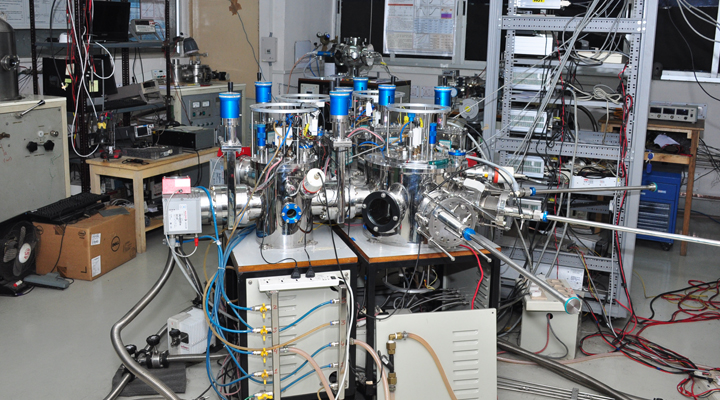A Topical Review on Magnetoelectric Composite
A Topical Review on Magnetoelectric Composite
Rajnish Kumar and Manoranjan Kar
Indian Institute of Technology Patna, Patliputra Colony, Patna-800013
mano@iitp.ac.in
Multiferroic materials exhibits at least two properties among ferroic parameters i.e. ferroelectricity, ferromagnetism, and ferroelasticity [1-5]. Single phase materials which show at least two ferroic properties at a time are very rare.
This is because in most ferroelectrics, the mechanism is due to hybridization of empty d-orbital of metal ion and occupied p-orbital of the oxygen ion, causing lack of multiferroic phenomenon. Multiferroics are also magnetoelectric material, in which the phenomenon of coupling between ferroelectric and magnetic order coexist which has a potential application in memory devices, sensors, actuators etc. Magneto electric effect in single phase material exists below the room temperature and value of coupling coefficient is not sufficient for technological applications.
The problem can be addressed by making composites, where the coupling is due to mechanical strain. But conventional particulate composite also have certain drawbacks. This problem has been overcome in laminate composite where bilayer or multilayer of piezoelectric and piezomagnetic phase is made. Ryu et al. [3] have reported the magnetoelectric effect in a laminate composite consisting of Terfenol-D (magnetostrictive material) and a ferroelectric PZT (leadzirconatetitanate, Pb[ZrxTi1-x]O3 0≤x≤1) with magnetoelectric voltage coefficient α = 4680mVcm-1Oe-1.
There are several reports which have seen a giant march towards the research on the control of nanoscale domain structures.
Reference:
- Eerenstein, W., N. Mathur, and J. Scott,Nature, 2006. 442(7104): 759-765.
- Srinivasan G., Annu. Rev. Mater. Res. 2010. 40:153–78.
- Ryu, J., et al. Japanese journal of applied physics, 2001. 40(1): 4948-4951.
- Ce-Wen Nan, M. I. Bichurin, Shuxiang Dong, D. Viehland and G. Srinivasan., J. of App. Phys., 2008, 103: 031101.
- Lu S. G. et al ., J. Appl. Phys. 2011, 110:104103.



